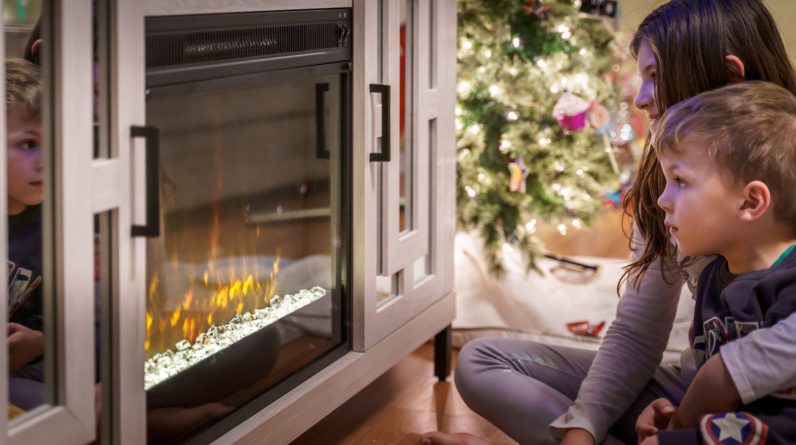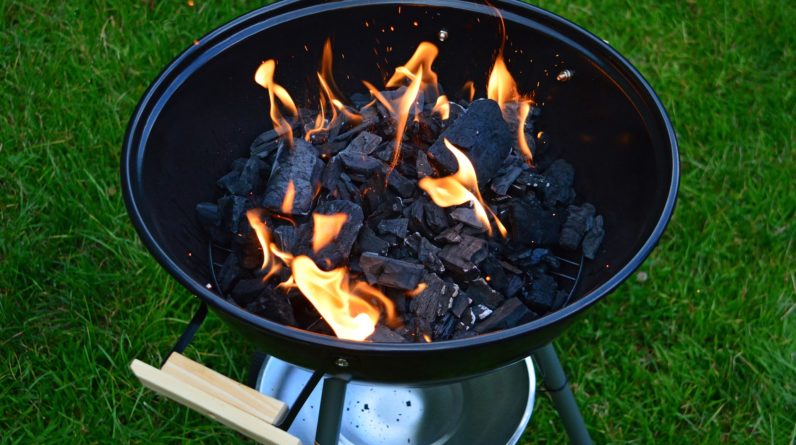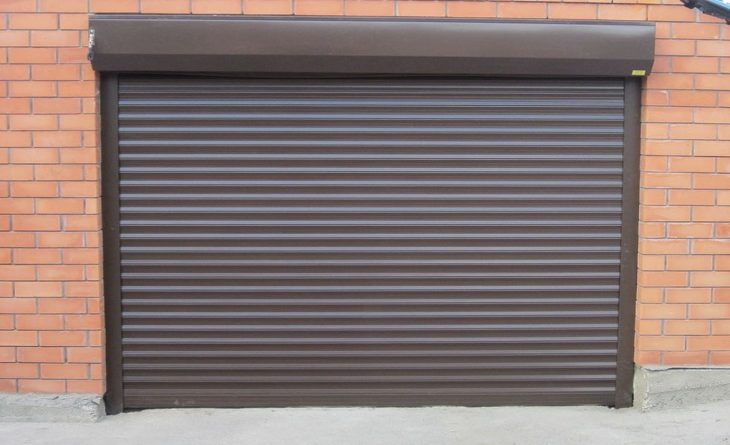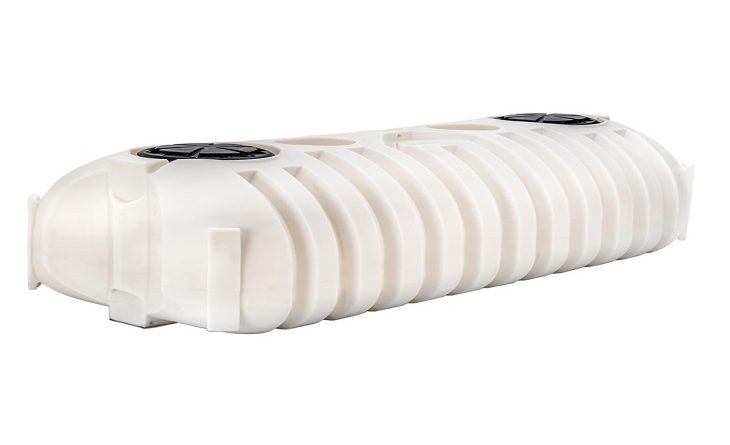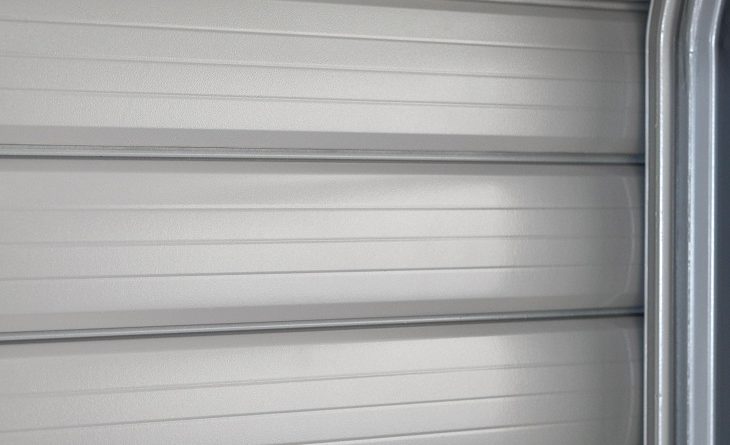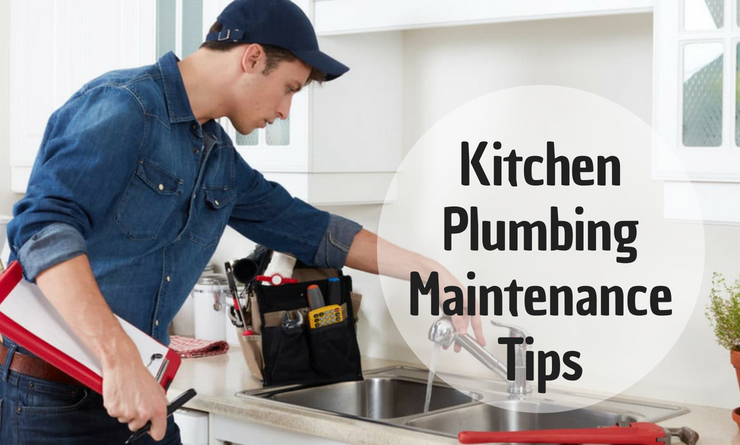
Emergency plumbing is generally messy, stressful, and expensive. So if there’s any way you can cut down that cost, it will go a long way towards soothing your pocketbook. Still, it can be hard to tell what’s a DIY job and what requires the plumbing cavalry. After all, there’s a YouTube tutorial for everything from replacing a toilet to installing a bathtub, and those videos make everything look far easier than it is. You might start a project and end up doing more damage, hiking your plumbing bill even further. Let’s look at some basic kitchen repairs that you really can do on your own.
Dripping taps
When the water bathtub drip-drip-dripping, it could be a breakage in the rubber washer or the ceramic disc. Taps with rubber washers can make multiple turns of 360°. Ceramic discs restrict your tap’s turning angle to between 90° and 180°. Discs / washers are a tough fix, but if your faucet has an aerator, that could be the source of the problem, and it’s much easier to fix. An aerator is pocketbook perforated screw-top at the end of long-neck faucets.
The aerator – sometimes called a spray head – helps to maintain the pressure of your water, so if the tap is seeping and you’re sure there’s no water shortage, the aerator is probably clogged. Of course, you don’t have to wait until this happens. You can clear out the aerator every month to get rid of lime, gunk, and related residue.
To repair and/or maintain your aerator, unscrew it to expose the holes. It may be stuck shut if there’s the too much foreign matter, so you could grip it with pliers and unscrew it. To avoid slipping, scratching, or crushing the spray head, wrap the ‘teeth’ of the pliers in masking tape. Turn it over to inspect the clogs. Then, get a small brush. It could be a bottle brush, nail brush, or even an old toothbrush. Dip the brush in vinegar and use it to dislodge any debris stuck in the spray head. Once it’s clean, screw it back on. If it’s been a year, install a new one.
Blocked up kitchen sinks
Sometimes, your drain water becomes stagnant. Worse, the water may go down the drain, but bits of it may bubble back up in a smelly, murky mess. Even if the water doesn’t flow back up the sink, it may settle just below the sink hole, attracting fruit flies and drain flies. This fills your entire kitchen with a distant nagging reek. You should use a drain cleaner like Roto-Rooter once a month. Pour it down the sink to get rid of stuck bits of food.
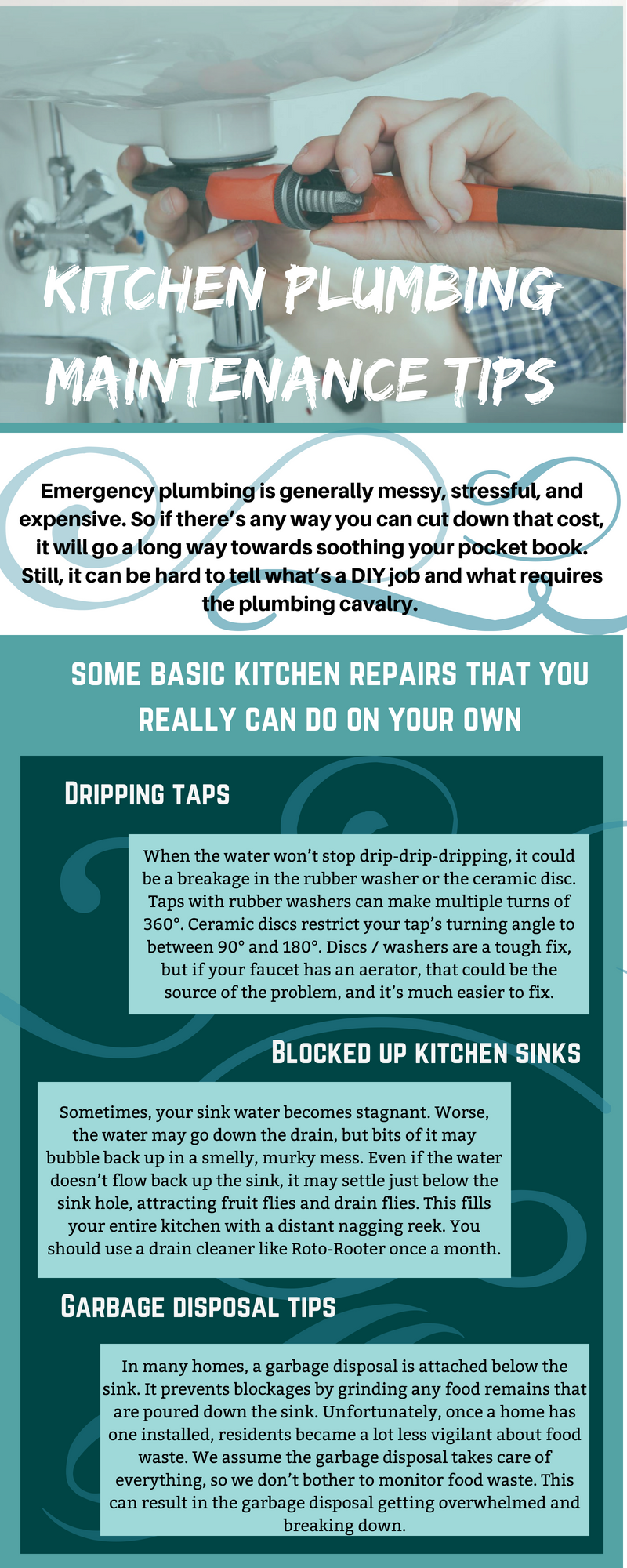
Sometimes, the sink is clogged by food build-up in the sink trap, so start there. Put a bucket beneath the sink to catch any spills. Get under the sink and unscrew the trap, emptying any accumulated debris. Pour hot water down the sink from the top, letting it empty into the bucket. The hot water will melt any dirt stuck on the sides of the pipes.
Screw the trap back in then run some water to see if it still clogs. If it does, the blockage may be further down the pipes. Use a plunger to see if you can force it through. You can also pour crushed egg-shells or vinegar and baking soda. If none of these tactics work, the clogged sink may be a bigger issue than you can handle, so you should consider calling in a plumber.
Garbage disposal tips
In many homes, a garbage disposal is attached below the sink. It prevents blockages by grinding any food remains that are poured down the sink. Unfortunately, once a home has one installed, residents became a lot less vigilant about food waste. We assume the garbage disposal takes care of everything, so we don’t bother to monitor food waste. This can result in the garbage disposal getting overwhelmed and breaking down.
Even if you have a garbage disposal, you should scrape leftovers into the bin before loading the dishwasher or sink. This gives the garbage disposal a smaller load, which extends its lifespan. Also, you should never empty greasy remnants or fibrous food (like pineapples, leafy veggies, banana peels, chicken skin, carrots, legumes) into the garbage disposal.
Fibrous food can tangle up the blades, and grease will pass right through, causing clogs in the pipe and fatbergs in the sewers. You can clear your garbage disposal by pressing the reset switch to resolve any mechanical jamming. Grind a mix of ice cubes and citrus peels to clear food residue and freshen up the sink. Then, pour some dishwashing liquid down the garbage disposal, and rinse with cold water.
Read More:
